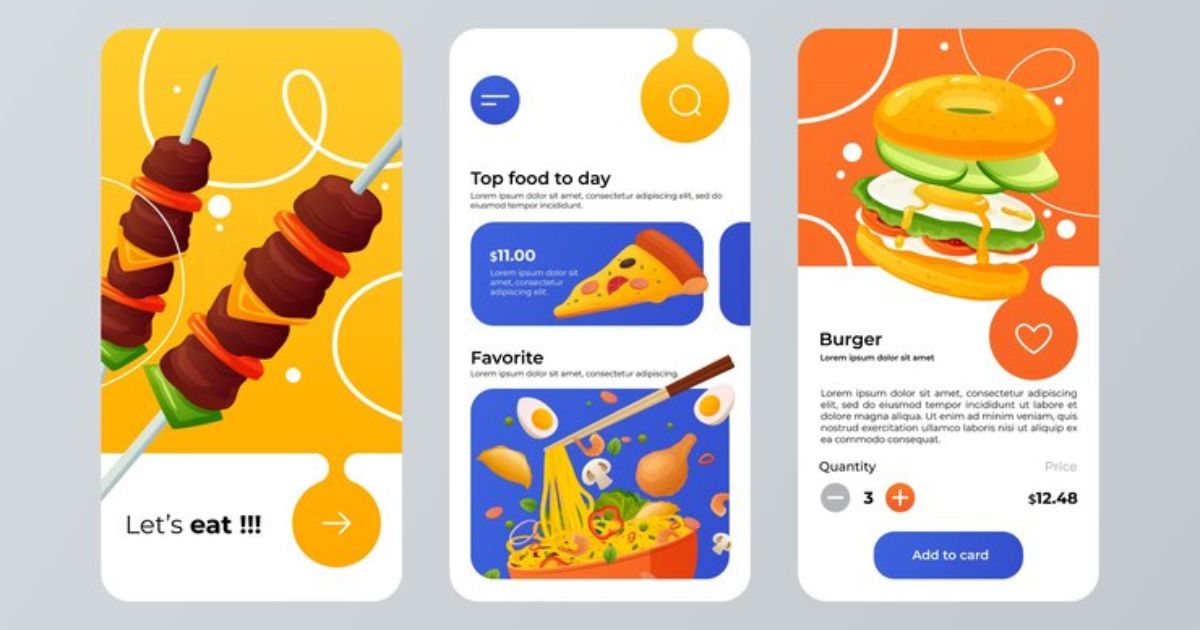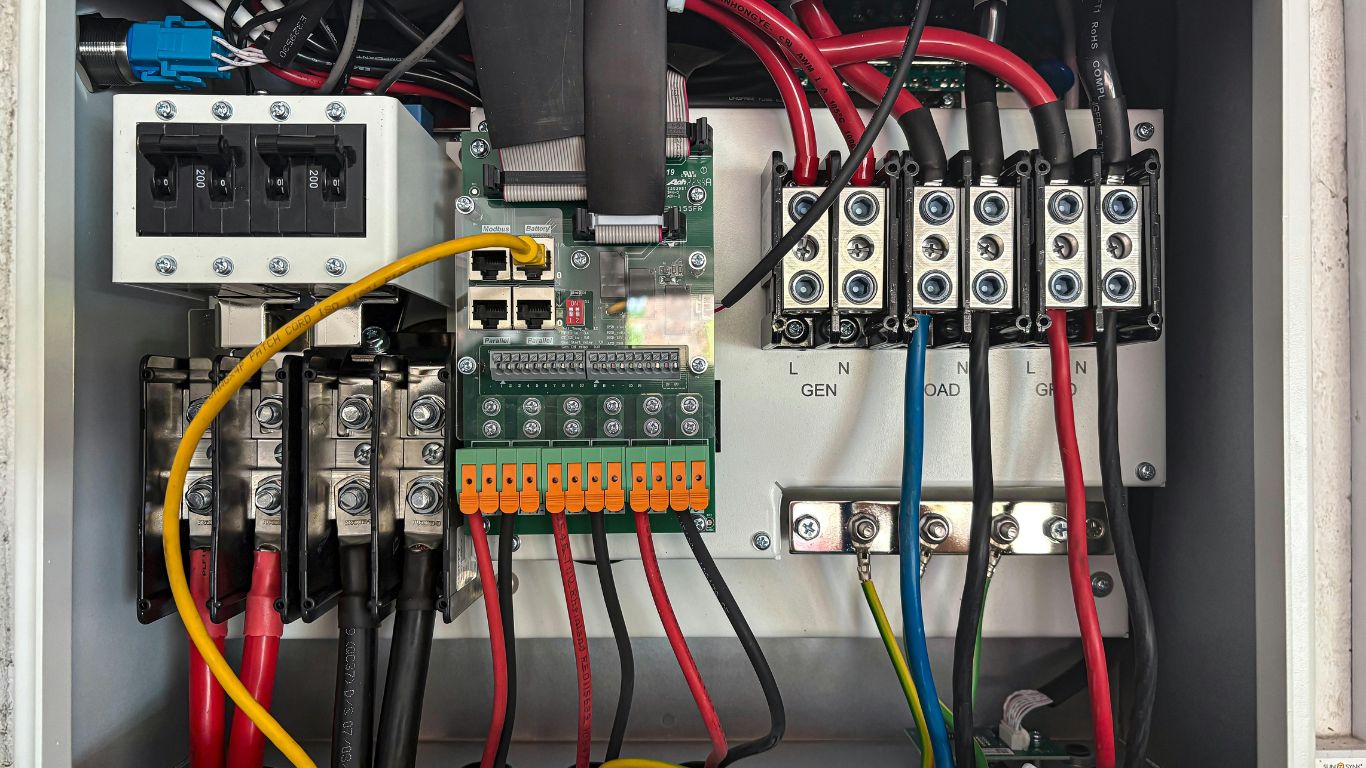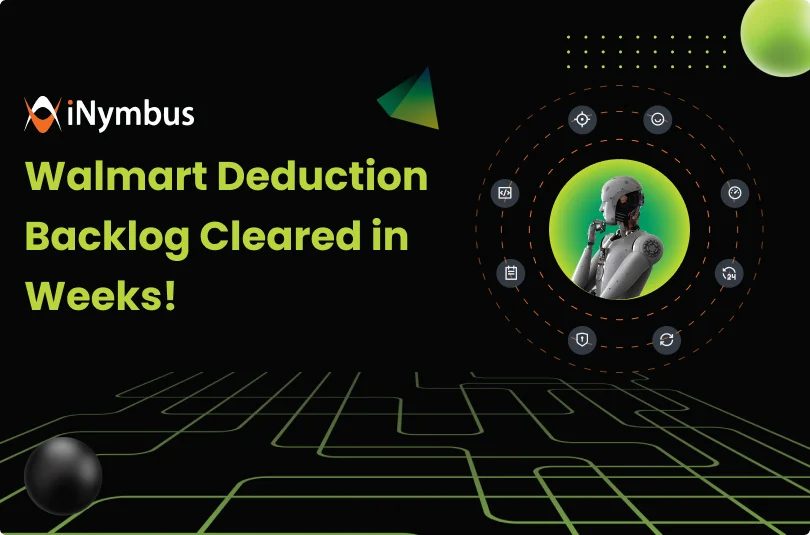Food delivery apps have become a vital part of our daily lives in today’s fast-paced world. From the convenience of ordering dinner to satisfying late-night cravings, they’re not just luxuries anymore—they’re essentials. But have you ever wondered what it takes to develop a successful food delivery app? In this guide, we’ll walk you through the entire process, from the initial concept to the final launch, with tips and insights tailored for anyone exploring this exciting industry.
Whether you’re a startup or an established business, partnering with the right food delivery app development company can make all the difference. Let’s dive in!
Understanding the Food Delivery Market
The food delivery industry has witnessed explosive growth over the past decade. Thanks to increasing smartphone penetration and changing consumer habits, on-demand food delivery services have flourished worldwide.
The global online food delivery market is projected to reach $223 billion by 2027, with annual growth rates in the double digits. This is a golden opportunity for businesses looking to tap into this thriving market. But success isn’t just about having a great idea—it’s about flawless execution.
Collaborating with an experienced on demand food delivery app development company ensures you stay ahead of the competition with cutting-edge features and seamless user experiences.
Key Features of a Food Delivery App
A food delivery app has to cater to three main users: customers, delivery drivers, and restaurants. Each of these users has unique needs, and your app should address them effectively. Here’s a quick overview:
1. Customer-Focused Features
- User-Friendly Interface: Make it intuitive for users to browse menus, search for restaurants, and place orders.
- Real-Time Tracking: Allow customers to track their orders live on a map.
- Secure Payments: Offer multiple payment options, including wallets, cards, and UPI.
- Ratings and Reviews: Let users share their feedback and build trust in your platform.
2. Delivery Driver Features
- Route Optimization: Provide drivers with the fastest and most efficient routes.
- Earnings Dashboard: Let them track their earnings and completed deliveries.
- In-App Notifications: Update drivers on new orders or changes in real-time.
3. Restaurant-Focused Features
- Order Management: Help restaurants handle incoming orders efficiently.
- Menu Customization: Enable easy updates to menus, prices, and offers.
- Analytics Tools: Provide insights into order trends and customer preferences.
Your on demand app development company can help integrate these features in a way that’s both functional and scalable.
Steps to Develop a Food Delivery App
Creating a successful food delivery app involves several critical steps. Here’s a closer look at each phase:
1. Ideation and Market Research
Every great app starts with a great idea. Begin by understanding your target audience. Are you focusing on urban millennials, families, or niche markets like vegan food lovers? Identify their pain points and preferences to craft a solution they’ll love.
Competitor analysis is also crucial. Study what works (and what doesn’t) in existing apps. This will help you identify gaps in the market and differentiate your app.
Partnering with a food delivery app development company during this stage ensures you’re building on a solid foundation.
2. Wireframing and Design
Once you have a clear vision, it’s time to bring your idea to life visually. Create wireframes and mockups of your app’s interface. The goal here is to design an intuitive and attractive user experience. Keep navigation simple, use consistent branding, and prioritize accessibility.
Design isn’t just about aesthetics—it’s about usability. Your on demand food delivery app development company can provide expertise in balancing form and function.
3. Development
This is where the magic happens. Developers build the app’s front end (what users see) and back end (the technology that powers it). Key decisions during this phase include:
- Choosing the right platform: Android, iOS, or both?
- Selecting a development framework: Native or hybrid?
- Integrating third-party APIs for features like payments and maps.
A whitelabel food delivery app solution can be a great choice for businesses that want a faster time-to-market. These pre-built solutions are customizable and can be tailored to match your brand’s identity.
4. Testing
No one likes bugs, especially in a food delivery app. Thorough testing ensures your app runs smoothly under all conditions. This includes usability testing, performance testing, and security audits.
5. Launch and Marketing
Once your app is ready, it’s time to go live. A successful launch requires a strong marketing plan, including:
- Social media promotions
- Influencer partnerships
- Referral programs to encourage sign-ups
Don’t forget to gather feedback from early users and make continuous improvements.
Choosing the Right Development Partner
Finding the right on demand app development company is perhaps the most important decision you’ll make during this journey. Here are some qualities to look for:
- Experience: Check their portfolio to see if they’ve worked on food delivery apps before.
- Custom Solutions: A good partner should tailor the app to your specific needs rather than offering cookie-cutter solutions.
- Post-Launch Support: App development doesn’t end at launch. Choose a company that offers ongoing maintenance and updates.
The Cost of Developing a Food Delivery App
The cost of building a food delivery app varies depending on factors like complexity, features, and the development team’s location. Here’s a rough breakdown:
- Basic App: $5,000–$10,000
- Mid-Level App: $20,000–$50,000
- Advanced App: $50,000+
While it may seem like a significant investment, working with a food delivery app development company ensures you’re getting a high-quality product that delivers long-term value.
The Role of Technology in Food Delivery Apps
Modern technologies like AI, ML, and blockchain are transforming the food delivery landscape. Here’s how:
- AI and ML: Enable personalized recommendations and dynamic pricing.
- Blockchain: Enhances transparency and security in payments.
- IoT: Improves supply chain efficiency by connecting devices.
By incorporating these innovations, your app can stay ahead of the curve and offer a superior user experience.
Common Mistakes to Avoid
Launching a food delivery app is no small feat, and there are plenty of pitfalls along the way. Here are some common mistakes to steer clear of:
- Ignoring user feedback
- Overcomplicating the design
- Neglecting app security
- Skimping on marketing efforts
An experienced on demand food delivery app development company can help you navigate these challenges and set your app up for success.
Future Trends in Food Delivery App Development
The future of food delivery is exciting, with trends like:
- Drone Deliveries: Faster and more efficient order fulfillment.
- Sustainability: Apps focusing on eco-friendly packaging and carbon offsetting.
- Voice Ordering: Integration with smart speakers for hands-free convenience.
Keeping up with these trends can ensure your app remains relevant in a competitive market.
Final Thoughts
Building a food delivery app is an ambitious but rewarding endeavor. With the right idea, thorough planning, and the expertise of a reliable food delivery app development company, you can create an app that delights users and drives business growth.
Remember, the journey doesn’t end with the app launch. Continuous updates, user engagement, and staying ahead of trends are key to long-term success. If you’re ready to take the plunge, start exploring development options today.



